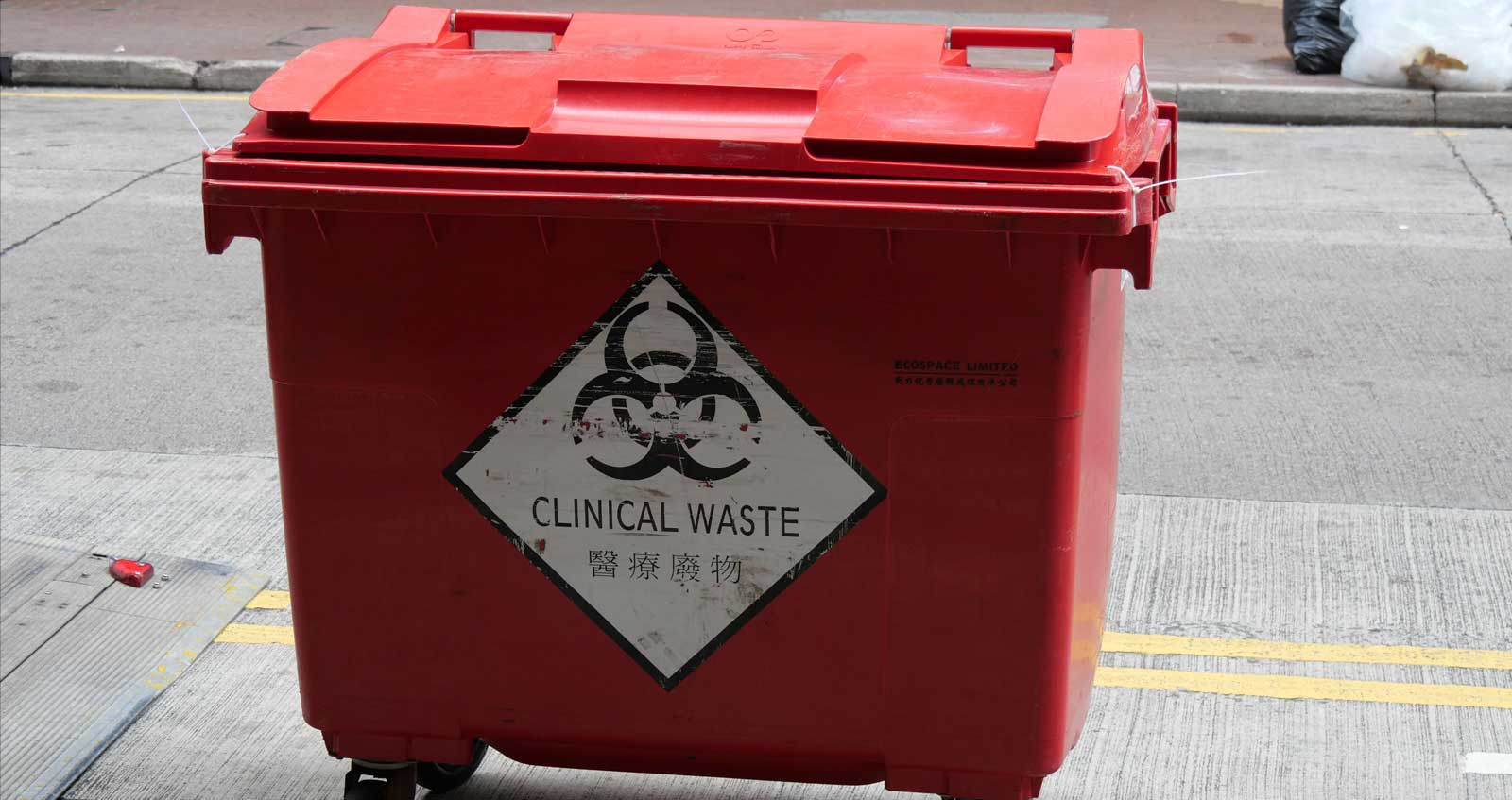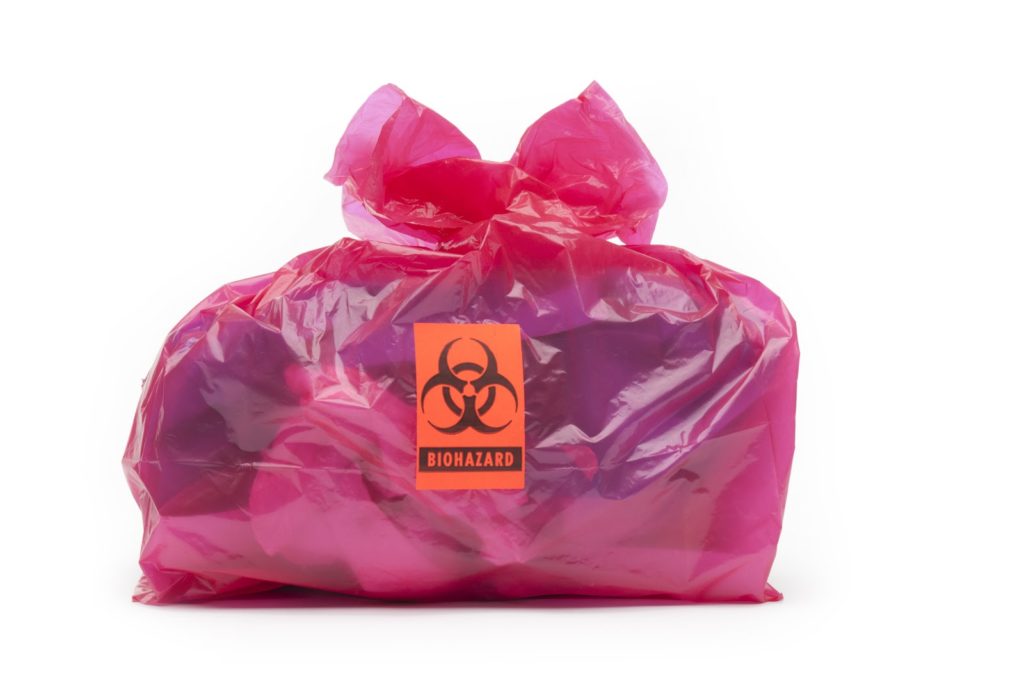Ease at Your Front Door: Situating Reliable Medical Waste Removal Near Me
Ease at Your Front Door: Situating Reliable Medical Waste Removal Near Me
Blog Article
Checking Out Different Waste Disposal Options for a Cleanser Setting
In the pursuit of a cleaner environment, the management of waste disposal has emerged as a critical focal factor for sustainable development. With a multitude of waste disposal choices offered, ranging from conventional garbage dump techniques to cutting-edge waste-to-energy innovations, the option of how we manage our waste has significant effects for our earth's well-being.
Recycling Approaches
Executing reliable recycling methods is vital in reducing waste and advertising sustainability in our atmosphere. Reusing involves the process of transforming waste products right into recyclable challenge avoid unnecessary disposal. One of one of the most usual recycling methods is worldly recovery, where products like paper, plastic, glass, and steel are collected, arranged, and processed to create brand-new items. This process not only preserves natural resources yet likewise decreases energy intake and greenhouse gas emissions related to creating new materials from square one.
An additional crucial recycling approach is composting, which involves disintegrating natural waste like food scraps and yard trimmings right into nutrient-rich dirt. This procedure not only draws away natural waste from landfills yet also produces a valuable source for horticulture and agriculture. Additionally, upcycling is an innovative recycling method that includes changing old or discarded materials into items of higher high quality or value. By incorporating these different recycling methods into our waste management techniques, we can significantly lower our ecological impact and move towards a more sustainable future.

Composting Methods
Effective waste administration practices, such as recycling methods, lead the way for a cleaner environment, and currently, shifting the emphasis to 'Composting Techniques', we explore lasting means to decompose organic waste for ecological benefit. medical waste removal near me.
Composting is an all-natural procedure that changes organic waste, like food scraps and backyard trimmings, into a nutrient-rich dirt modification. The trick to successful composting hinges on creating the best equilibrium of eco-friendly products, such as vegetables and fruit scraps, and brownish materials, like dried out twigs and fallen leaves. These products decompose with the aid of microbes, breaking down the waste into valuable compost.
Standard yard composting entails layering organic materials in a container or stack and consistently transforming the mix to freshen it. By utilizing composting techniques, we can minimize the quantity of waste sent out to landfills while producing a helpful item for improving soil and sustaining plant development.
Incineration Disadvantages and pros
Incineration, as a waste disposal method, presents both benefits and downsides that merit cautious consideration in the realm of lasting waste monitoring techniques. On the positive side, incineration can substantially reduce the quantity of waste, reducing the requirement for land fill space and potentially lowering greenhouse gas emissions.
Additionally, the high initial investment and functional expenses of incineration facilities pose financial obstacles, making it a less economical choice contrasted to various other waste management techniques. Mindful surveillance and policy are essential to mitigate these adverse influences and maximize the benefits of incineration as component of a comprehensive waste monitoring technique.
Garbage Dump Management Methods
Land fills play a critical function in waste management and ecological conservation by providing a control system for the disposal of solid waste materials. By compacting the waste, the volume is lowered, enabling for more waste to be fit over time.
In addition, the application of daily cover methods is important in reducing smells, avoiding trash, and minimizing the attraction of parasites. Covering the disposed waste at the end of each day aids to consist of odors and protect against possible ecological contamination. In addition, the tracking of land fill gas discharges and leachate levels is vital in making certain that environmental criteria are met and that any kind of possible risks to surrounding communities are minimized.

Waste-to-Energy Technologies
One of the innovative strategies to waste management involves harnessing Waste-to-Energy modern technologies to convert solid waste into usable power resources. Waste-to-Energy (WtE) innovations encompass an array of procedures that aim to extract power from waste materials through thermal, chemical, or biological ways. This conversion procedure not only decreases the volume of waste that finishes up in land fills however also creates useful power resources such as electricity, warm, or biofuels.
There are several approaches of Waste-to-Energy conversion, including incineration, pyrolysis, and gasification. Incineration includes burning waste at high temperatures to generate warmth and electricity. Gasification transforms waste right into a syngas, which can be made use of for power generation or chemical production. Pyrolysis breaks down natural products making use of high temperature levels in the absence of oxygen, generating bio-oil, char, and gas.
Implementing Waste-to-Energy technologies can help alleviate environmental problems connected with typical waste disposal approaches while at the same time supplying a renewable resource resource. Nonetheless, cautious consideration must be given to discharges control and guaranteeing the sustainability of feedstock products for these innovations to be absolutely advantageous for a cleaner setting.

Conclusion
Finally, discovering numerous garbage disposal alternatives such as reusing, composting, incineration, garbage dump monitoring, and waste-to-energy innovations is necessary for advertising a cleaner environment - click here. Each approach has its very own advantages and obstacles, yet by making use of a mix of these strategies, we can function in the direction of decreasing the amount of waste that ends up in garbage dumps and eventually add to a much more sustainable anonymous future for generations to find
With a plethora of waste disposal options offered, varying from standard garbage dump approaches to cutting-edge waste-to-energy innovations, the option of how we handle our waste has far-reaching ramifications for our world's health. medical waste removal.Incineration, as a waste disposal approach, offers both advantages and downsides that warrant mindful consideration in the world of lasting waste monitoring methods.Garbage dumps play a vital function in waste monitoring and environmental conservation by providing a control system for the disposal of strong waste products. By condensing the waste, the quantity is decreased, permitting for more waste to be accommodated over time
One of the cutting-edge strategies to lose administration includes utilizing Waste-to-Energy technologies to transform solid waste right into usable power sources.
Report this page